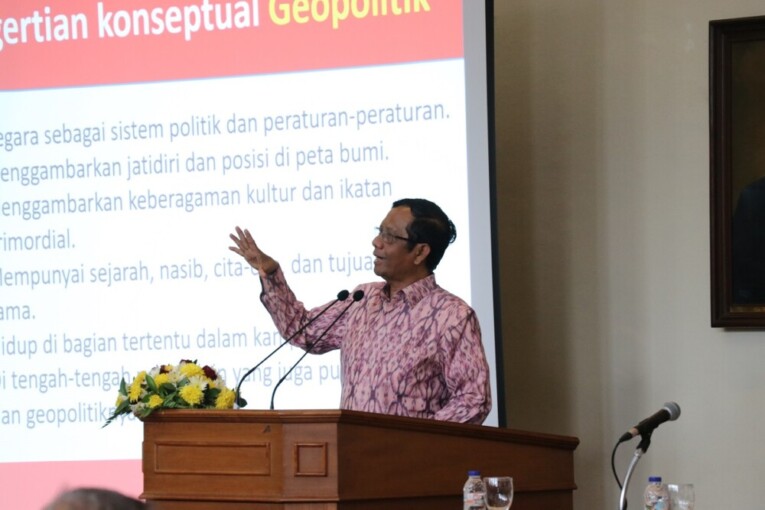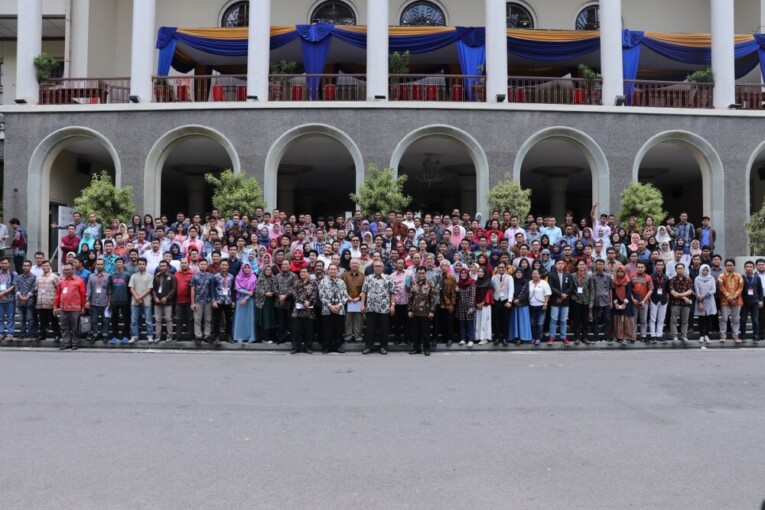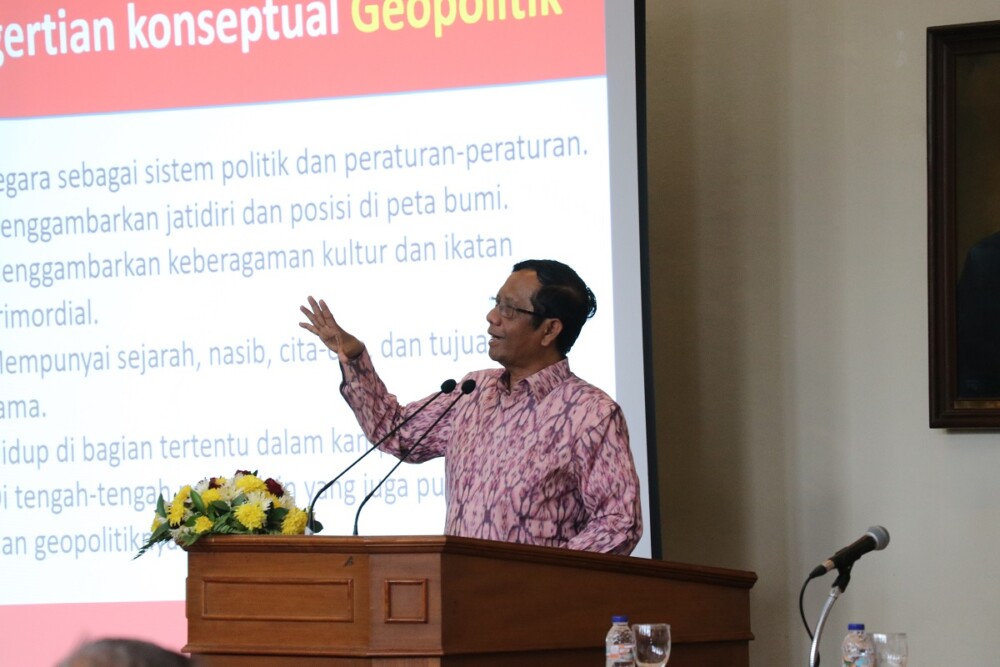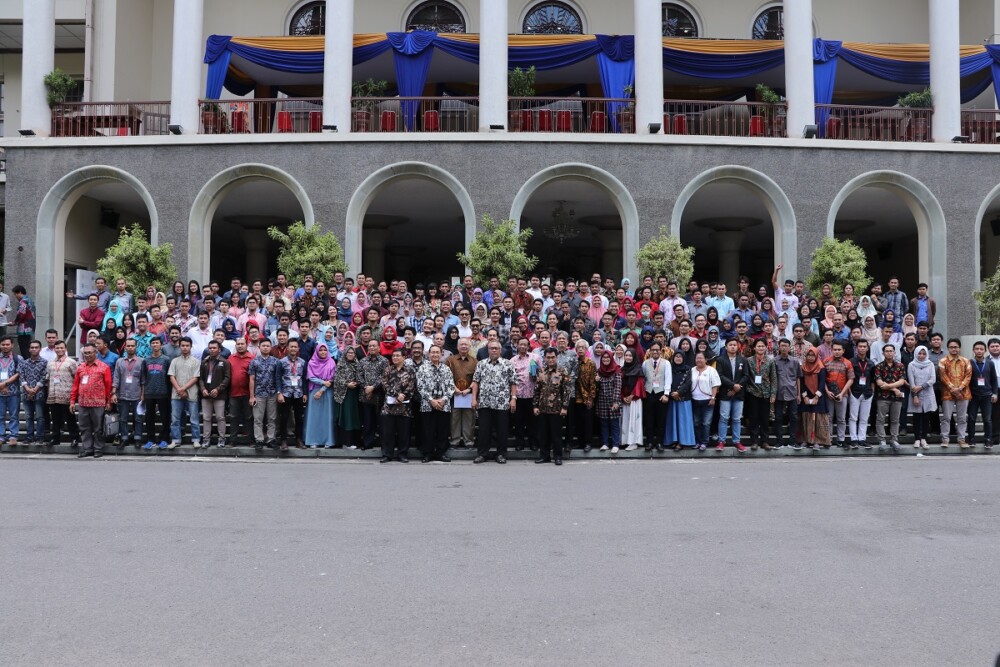“Indonesia’s geopolitics is constructed from the Youth Pledge and accommodated in the home of the Republic of Indonesia through the Independence Proclamation on 17 August 1945,” said Prof. Dr. Moh. Mahfud MD., S.H., S.U., steering committee member of Pancasila Ideology Education Board.
He made the statement during the Youth Congress to celebrate the 90th anniversary of Youth Pledge Day on Sunday (28/10) in Senate Hall UGM. According to Mahfud, the essence of the declaration is that the young people became the source of the identity of Indonesia.
“On this day 90 years ago, youth groups from primordial, racial, ethnic, religious and faith, cultural and regional groups in Nusantara (Archipelago) made their pledge to have one motherland, one country, and one language, Indonesia,” he said.
Furthermore, Mahfud explained geopolitics could be interpreted as a political system driven by national aspiration that focuses on geographical or territorial consideration. It can also mean part of the earth where a nation entity stands who live together in a nation.
Thus, Mahfud opined that the Youth Pledge declaration became the affirmer of Indonesia’s identity by making clear of the position related to existence, geography, and culture. But the Youth ’Pledge served just as the foundation. “The home has not emerged yet,” he said.
The realisation of the home, said Mahfud, was only made after the Independence Proclamation. The Indonesia’s geopolitics was born at that time. There were two aspects relating to it, internal and external conditions.
Mahfud explained the internal condition was divided into three things: geography coverage, demography, and natural resources. While external condition was about international relations related to acknowledgment of state sovereignty. “If the Youth Pledge affirms the nation’s identity, the Independence Proclamation embodies that identity in the form of sovereignty,” he concluded.





